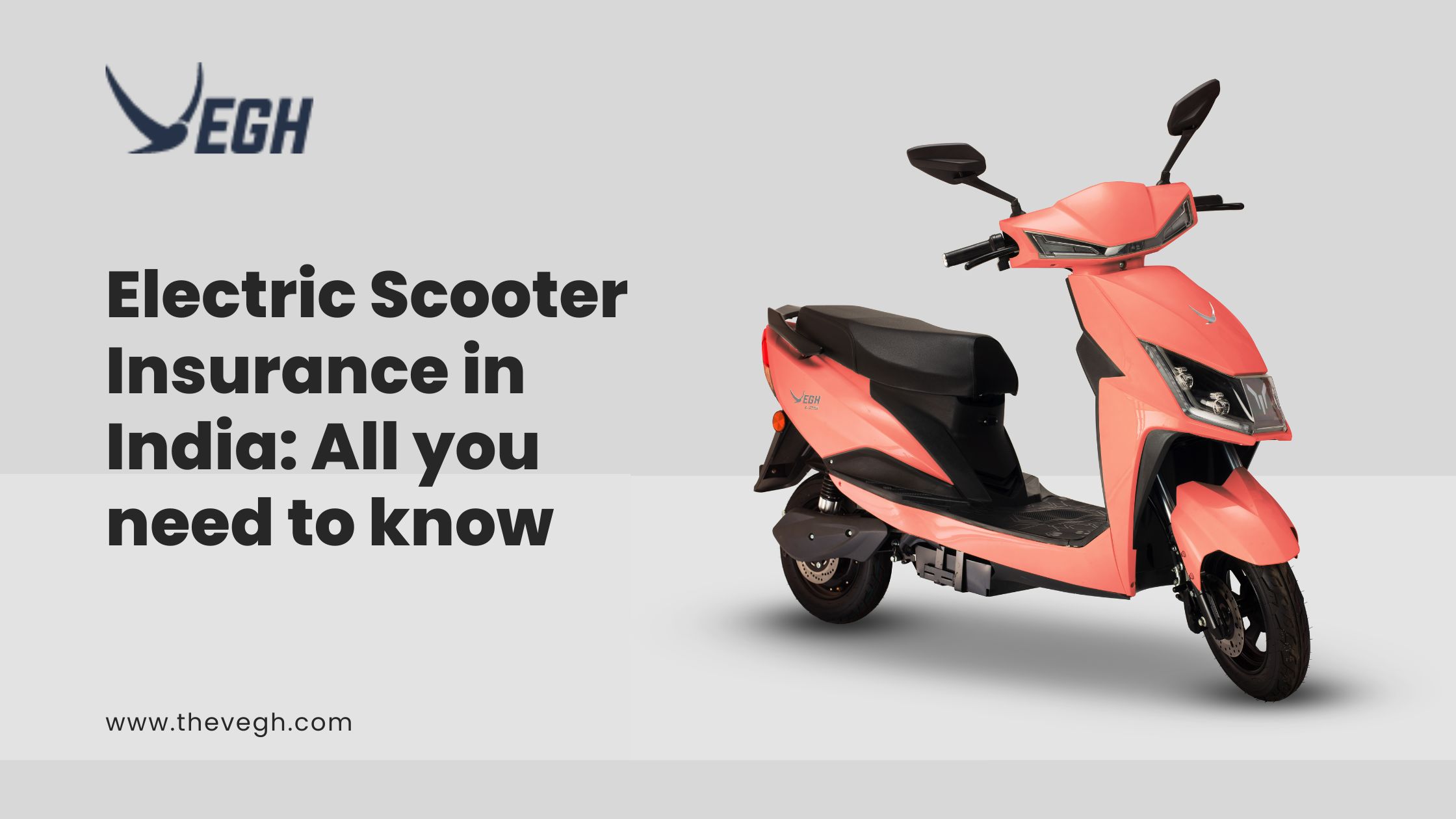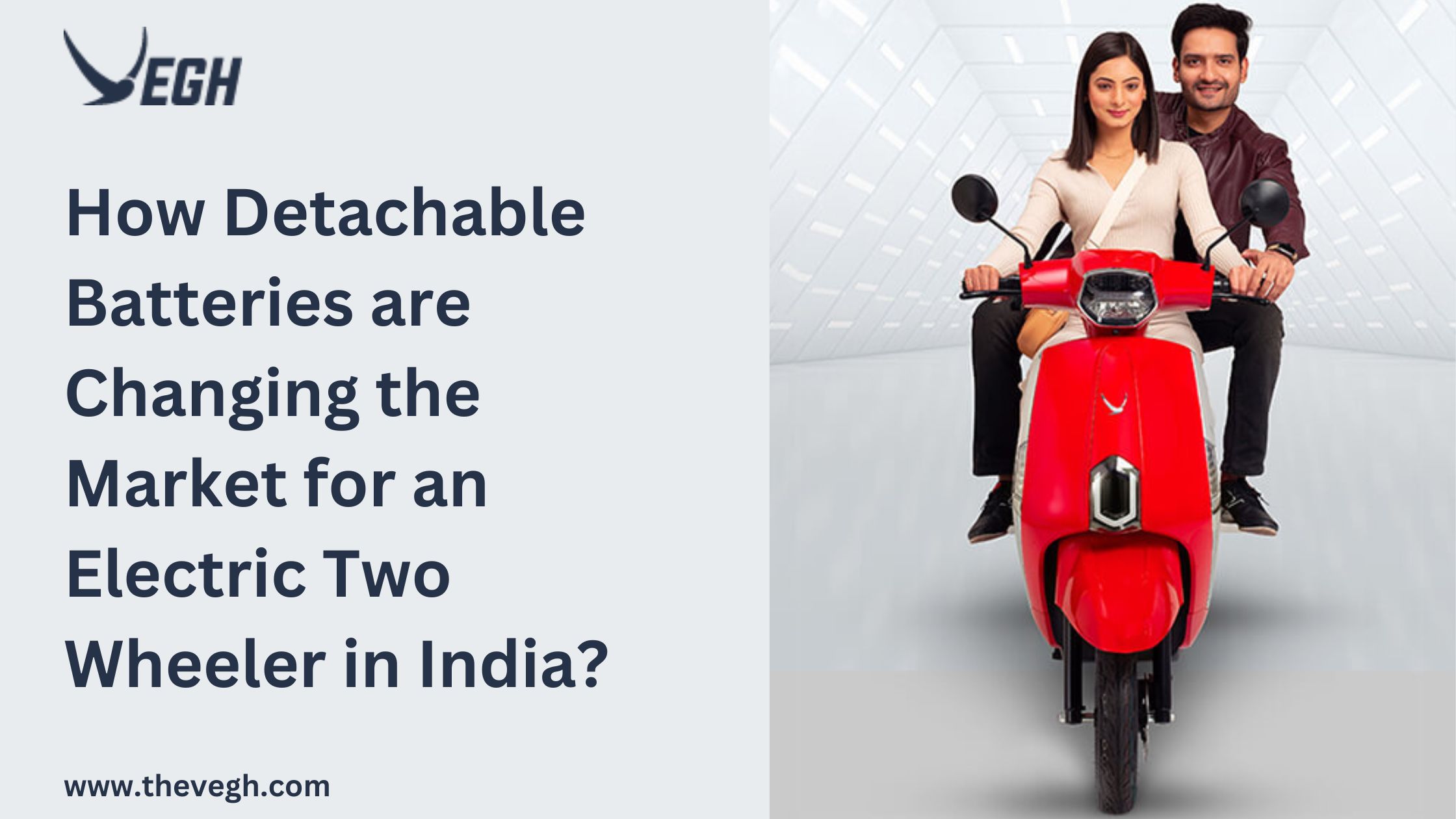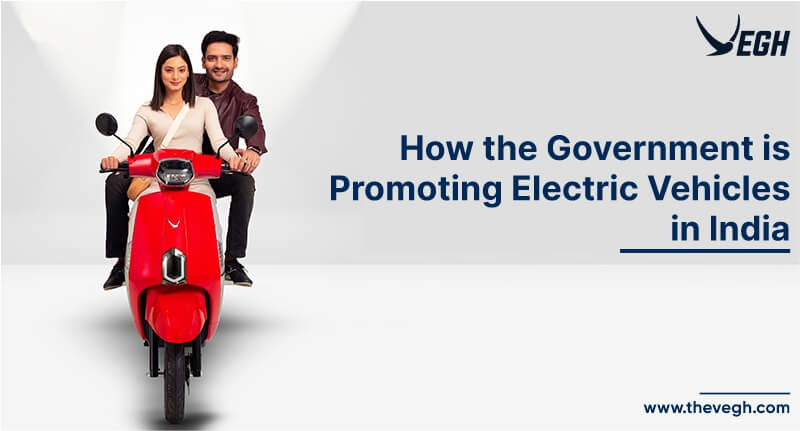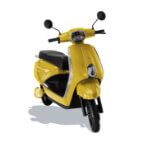With the ever-growing popularity of electric scooters in India, ensuring they are correctly insured is vital. Due to their ease and low price, electric scooters in India have grown in popularity in recent years. Most people need to learn the full extent of electric scooter insurance coverage and what to consider when buying a policy. This blog post aims to answer those questions and clarify electric scooter insurance in India. We’ll cover types of available policies, premiums, deductibles, and standard coverage options for an electric scooter policy. Read on to learn all you need to know about electric scooter insurance in India!
What is electric scooter insurance?
Electric scooter insurance is a policy that provides financial protection against physical damage or bodily injury resulting from an accident involving an electric scooter. Some policies such as the ones offered with Vegh electric scooters also provide coverage for certain legal liabilities arising during accidents from using the electric scooters.
The insurance for electric scooters in India typically includes the following coverages:
– Bodily Injury Liability: This coverage protects the insured against financial loss if they are found responsible for causing bodily injury or death to another person due to an accident involving their electric scooters.
– Property Damage Liability: This coverage protects the insured against financial loss if they are found responsible for damaging another person’s property, including their vehicle, due to an accident involving their electric scooter.
– Personal Injury Protection (PIP): This coverage provides financial protection for medical expenses and lost wages due to an accident, regardless of who is at fault. PIP may also cover funeral expenses in some states.
– Uninsured/Underinsured Motorist Coverage: This coverage protects the insured against financial losses incurred from being involved in an accident with a driver who does not have any insurance or does not have enough insurance to cover the damages caused by the accident.
Do you need electric scooter insurance in India?
Electric scooter insurance is not mandatory in India. However, just like any other vehicle, if you choose to insure your electric scooter, it will provide you with financial protection in case of an accident or theft. In addition, many insurers offer additional benefits such as roadside assistance and personal accident coverage. The cost of electric scooter insurance will vary depending on factors such as the make and model of your scooter, your age, and your riding experience.
To find out more about electric scooter insurance in India, it is recommended that you contact a local insurance provider or if you are purchasing Vegh electric scooters, you can connect with Vegh dealerships to get the best policy quote.
How much does electric scooter insurance cost in India?
The cost of electric scooter insurance in India will vary depending on several factors, including the make and model of your scooter, your age and driving history, and the amount of coverage you need. That said, you can expect to pay anywhere from Rs. 500 to Rs. 5,000 per year for insurance policies covering electric scooters in India.
Shopping around and comparing different plans is vital to find the best coverage for your needs and budget. Additionally, some insurers may offer discounts for safe driving or other factors.
What are the benefits of electric scooter insurance?
Here are the benefits of electric scooter insurance:
- It covers third-party liabilities: Electric scooter insurance covers damages caused by your electric scooter to a third party, including property damage and bodily injury. This financial protection is vital as medical and legal costs can be very high.
- In the case of an accident, insurance for electric scooters in India offers personal accident cover to the insured. Insurers can utilize this coverage to pay for accident-related medical care and other expenses.
- It covers natural calamities: Many policies such as the one that are offered with Vegh electric scooters offer coverage against damages caused by natural calamities like floods, earthquakes, and landslides. This cover is essential as repairing or replacing an electric scooter can be expensive.
- It covers artificial disasters: Some policies offer coverage against manufactured disasters like fire, theft, and vandalism. It helps to protect your investment in case of an unfortunate incident.
- It discounts premiums: Many insurers offer discounts if you have installed safety devices like anti-theft alarms and tracking devices on your electric scooter. It helps you save money on your insurance policy.
How to get electric scooter insurance in India?
Electric scooters in India are a popular mode of transport, especially in congested cities. They are inexpensive to buy and operate and can be a great way to get around. However, as with any vehicle, electric scooters in India also come with risks.
That’s why it’s essential to get insurance for your electric scooter. Insurance will protect you financially if something goes wrong while riding, such as an accident or theft.
There are a few different types of electric scooter insurance available in India. The most common is third-party liability insurance, which covers damage or injuries caused by your scooter to other people or property. You might also consider comprehensive insurance such as the one offered with Vegh electric scooters, which covers damage to your scooter, or personal accident insurance, which covers medical expenses if you’re injured in an accident.
Getting insured is relatively simple and usually only takes a few minutes. Most insurers will require basic information about you and your scooter, such as the make and model, and may ask for proof of ownership. Once you’ve submitted this information, you’ll typically receive a quote within a few minutes. If you’re happy with the price and coverage levels offered, you can pay the premium and activate your policy.
Conclusion
Electric scooter insurance in India is an integral part of owning a vehicle. Not only does it provide peace of mind, but it also ensures that you are financially protected if something happens. We hope this article has shed some light on the different types of electric scooter insurance available and provided helpful advice on finding the right policy. With so many options, comparing different plans and ensuring you get adequate coverage at a reasonable price is worth it.









